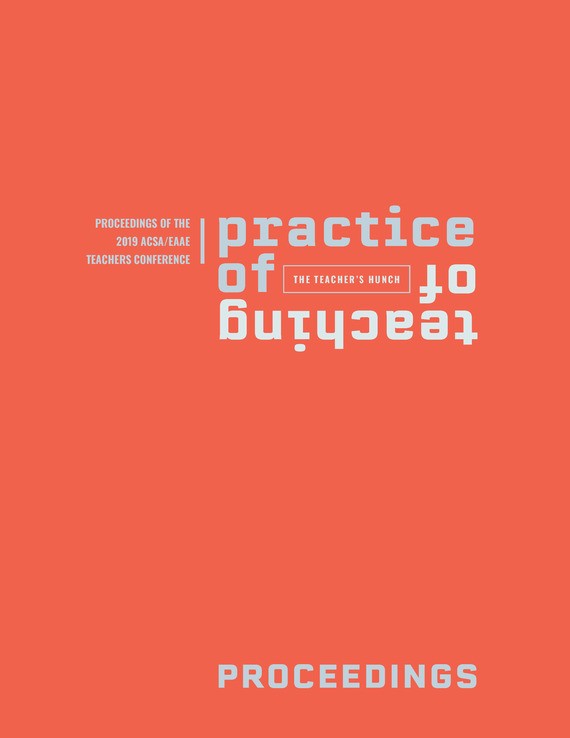Author(s): Allegra Pitera
Over time I have seen various attempts, both successes and fail-ures to ‘save’ Detroit. Some of the late-20th Century development projects were intended to save the city, such as John Portman’s Renaissance Center downtown on the river. However, the devel-opment trend in that era was to turn their backs on the urban landscape, razie historic buildings and vibrant neighborhoods: the developers lacked a sensitivity to the existing urban context. They could not see the potential value of robust communities and a walk-able urban streetscape; they were trying to save Detroit. Before defining Save-As, let’s define what Save-As is not. The issue with saving Detroit is partly that those doing the saving often presume to know what the city needs, and worse, turn their backs on the communities and the citizens who live and work there. As we know when working on a computer, there is an option for saving a project you are working on without destroying the previous version. It is called Save-as. Urban visionaries understand that if we re-vision Detroit through a contemporary design lens, if Saved-As, we have the opportunity to merge modern urban design strategies with the strengths of the existing framework, such as Detroit’s communities, culture and beautiful architecture. In doing so, ultimately enhancing the quality of life for urban-dwellers as well as the surroundings, benefiting through economic growth and vibrant neighborhoods. In this context, Save-As is therefore about retaining what works–and building up from there. As an educator, I feel that this is an important distinction for students to understand: to not try to save Detroit. The current Detroit riverfront now boasts a renovated Renaissance Center: thankfully there is no more concrete berm. The riverfront now consists of walkable and vibrant public spaces. One of my hunches in this research is that successful projects like this retain less of an emphasis on saving as they do in Save-As: creating a hybrid urban landscape of the best aspects of the what–is now–with what could be, socio-politically and eco-culturally.
https://doi.org/10.35483/ACSA.Teach.2019.44
Volume Editors
Richard Blythe & Johan De Walsche
ISBN
978-1-944214-23-4

 Study Architecture
Study Architecture  ProPEL
ProPEL 
